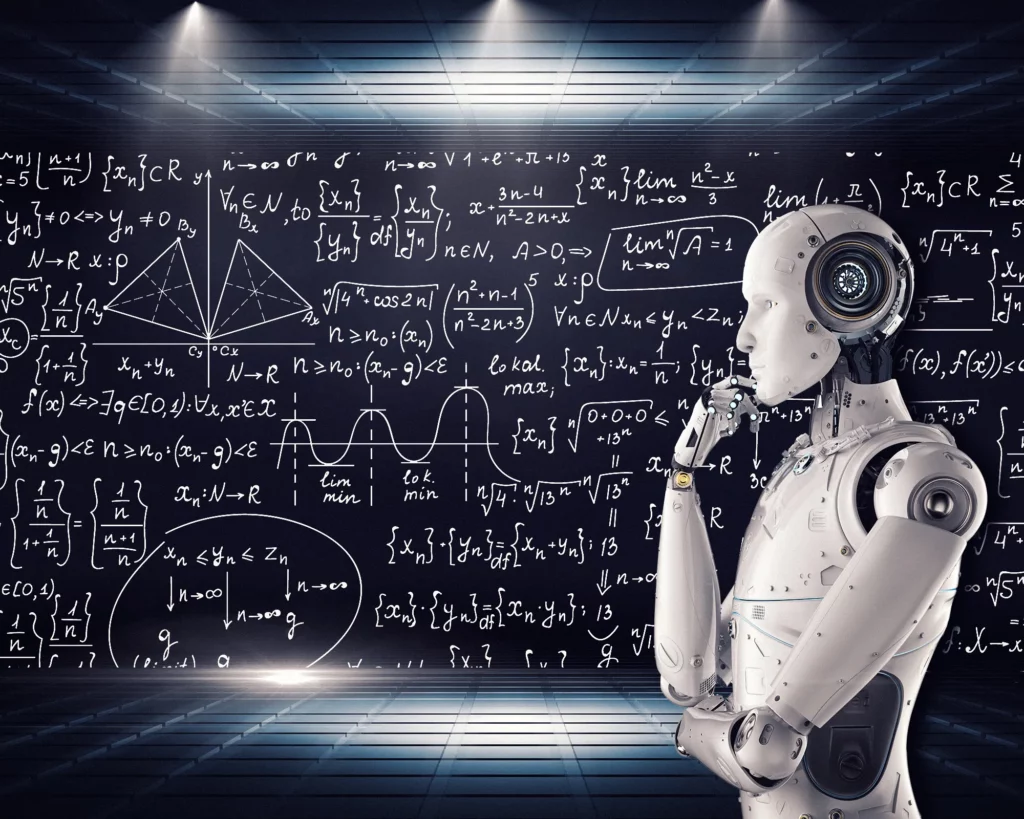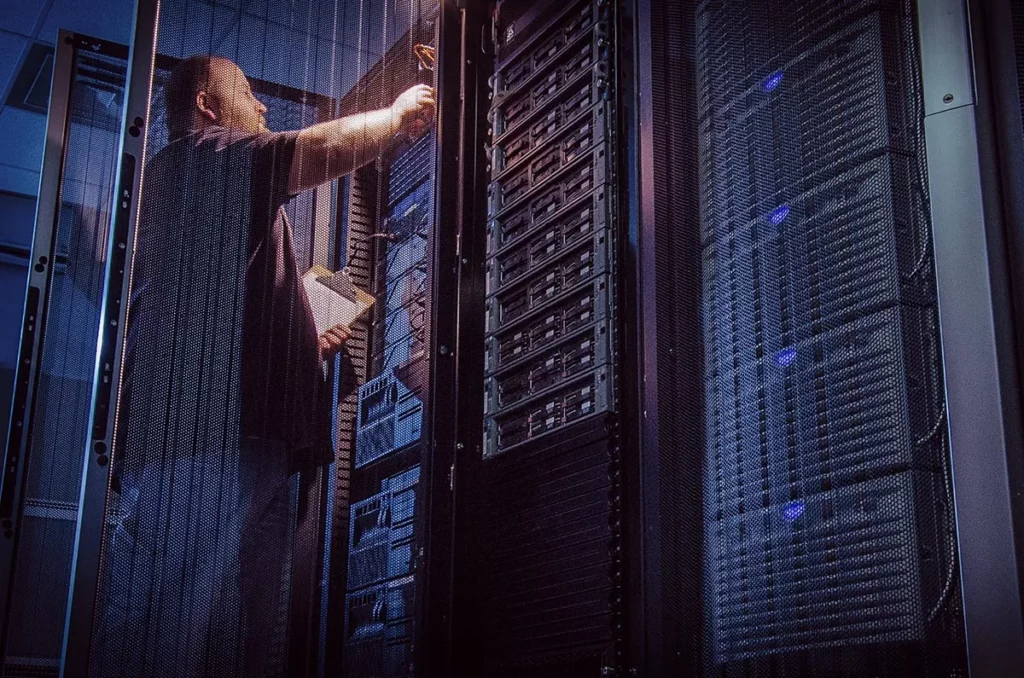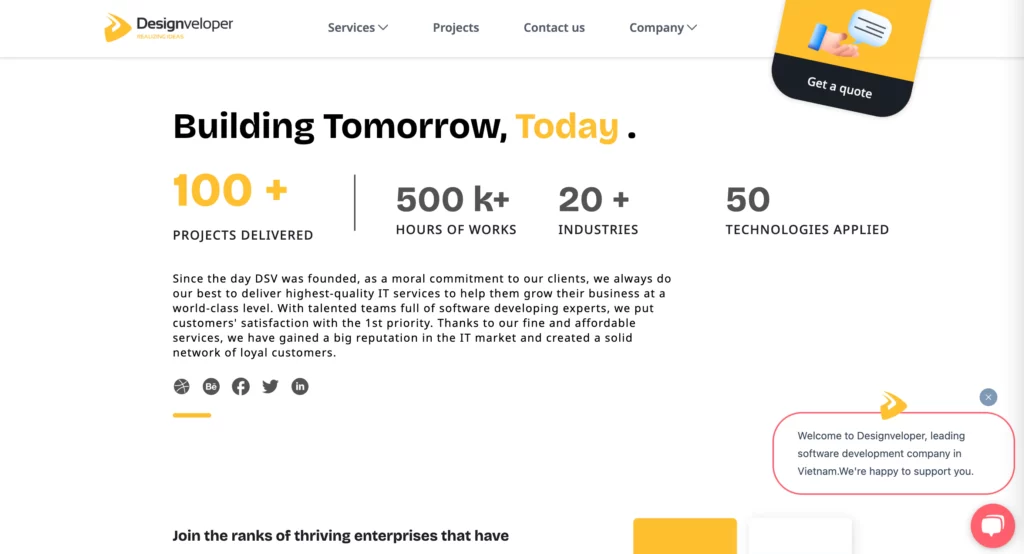


Imagine an AI assistant that can tap into all your files, tools, and databases seamlessly to give better answers. Modern AI systems are incredibly powerful, but they often lack real-time context. They are usually limited to the information in their training data or what we manually feed them. This means even the best AI can feel isolated behind company data silos. In fact, a 2024 survey found 81% of IT leaders say data silos hinder digital transformation. Furthermore, 95% report integration challenges are impeding AI adoption. Clearly, bridging AI with live data is critical. This is where the Model Context Protocol (MCP) comes in. Many people are asking what is model context protocol and how it helps machine learning applications.
In simple terms, MCP is an open standard that connects AI models to the outside world of data and tools. It provides a universal way for AI to access fresh information and take actions beyond its initial training. This beginner’s guide will break down what MCP is, why it matters, and how it works – in plain language with real examples.

AI language models have a known limitation: they lack up-to-date context. No matter how advanced an AI model is, it’s confined to what it was trained on or the limited prompt you give it at runtime. Think of a brilliant analyst locked in a room with incomplete files – smart, but cut off from the latest info. This isolation causes several problems for organizations using AI:
These challenges are very common. Over 80% of organizations cite data silos and interdependent systems as hurdles in using AI effectively. The industry clearly needs a better way to “open the door” for AI, so it can securely access the right context at the right time. Early stop-gap solutions did emerge – for example, OpenAI’s 2023 function calling API and ChatGPT’s plug-in system let AI call specific tools. But those were vendor-specific fixes, meaning each AI platform had its own method. What was lacking was a universal, vendor-neutral standard to connect AI with external data sources. This is exactly the gap that the Model Context Protocol can fill.
FURTHER READING: |
1. Top 5 Advantages and Disadvantages of AI for Businesses |
2. How Does AI Work? - Discover Basics From A to Z |
3. How to Use AI? A 10-Step Guide for Effective and Ethical Use |
The Model Context Protocol (MCP) is essentially a universal interface for AI to integrate with external data, tools, and services. The AI company Anthropic developed and introduced as an open-source standard in late 2024. Anthropic recognized the need for a common framework to break down AI’s information silos. MCP provides a standardized way for AI assistants (like chatbots or other agentic AI programs) to read files, query databases, call APIs, and generally access up-to-date context from the outside world.
Think of how a USB-C port works for electronics – a single standard that lets all kinds of devices plug in. Similarly, MCP is like giving AI a universal “plug” or “phone number” to reach out for information. Instead of each AI having a dozen bespoke adapters, MCP offers one documented protocol for connecting to any system that implements it. This greatly simplifies development. Anthropic’s co-founder compared pre-MCP integrations to an “N×M problem” – M models times N data sources meant a tangle of integrations. With MCP, that becomes M + N: each new model or data source just needs to speak MCP, not custom code for every pairing.
MCP is both an open standard and an open-source framework. It does not belong to one vendor – in fact, after Anthropic released MCP, other major AI providers quickly embraced it. By early 2025, OpenAI adopted MCP for its ChatGPT platform and agent APIs, calling it a step toward standardized tool interoperability. Google’s DeepMind likewise confirmed their upcoming Gemini AI models will support MCP, with CEO Demis Hassabis saying the protocol is “rapidly becoming an open standard for the AI agentic era”. This broad support highlights MCP’s importance – it’s well on its way to becoming the universal language for AI tool connectivity across the industry.
Notably, MCP builds on proven ideas. Its design re-uses message flows from the Language Server Protocol (LSP) (which standardized how code editors talk to programming language tools) and it operates over a familiar JSON-RPC 2.0 communication layer. In short, MCP is built with interoperability and simplicity in mind. It allows AI systems to “exceed their training” by incorporating fresh information and performing actions, even after deployment. Next, let’s see how it actually works in practice.
FURTHER READING: |
1. Top 10+ Best Free AI Chatbots & Their Benefits in 2025 |
2. 10 Best AI Voice Agents You Shouldn’t Miss in 2025 |
3. 10 Useful Case Studies and Examples of AI Agents |

At its core, MCP uses a client-server architecture to connect AI apps with data sources. The setup involves a few key pieces:
Under the hood, MCP organizes interactions into three main types of context elements:
The brilliance of MCP is that once an AI client and a server both speak this protocol, they instantly understand each other. An AI agent can connect to multiple MCP servers at once and treat them as extensions of its own knowledge or abilities. For example, a single AI instance could use MCP to simultaneously access a project’s code repository, a task tracker, and a knowledge base. To the AI, it’s as if these external systems became part of its brain (with appropriate permissions, of course). The security aspect is important – MCP is designed for controlled, permissioned access. Developers can enforce that the AI only sees what it’s allowed to, and all interactions are logged through the MCP interface.
One of the biggest advantages of MCP is how it simplifies the integration problem that was mentioned earlier. Before MCP, connecting multiple AI systems to multiple data sources led to a combinatorial explosion of custom integrations. Developers had to write separate adapters for each pair of AI and data source, which is highly inefficient.
Before and after MCP: Without a standard protocol, three AI applications connecting to three data sources require 3×3 = 9 separate custom integrations (top). With MCP standardizing the interface, only 3 + 3 = 6 implementations are needed (bottom).
As the diagram above illustrates, MCP drastically reduces the integration burden. Instead of building N×M one-off connectors, you build N standardized MCP servers and M MCP-compatible clients. This turns the problem from an ever-growing spiderweb into a clean hub-and-spoke model. Every new tool or data source just plugs into the hub (via an MCP server) and instantly becomes available to all AI clients that are connected. Likewise, every new AI application (client) can access the whole pool of MCP-enabled resources by implementing the protocol once.
This approach is similar to how other tech standards solved integration challenges in the past. For instance, APIs standardized web app integrations, and the Language Server Protocol standardized IDE integrations across programming languages. By following this path, MCP is poised to revolutionize how AI systems interact with the diverse landscape of enterprise data sources. It’s creating a common language that bridges AI and all other software.
Since its introduction, MCP has rapidly gained traction in the AI community. Developers and companies are eager to give their AI models more context and capability. Here are some real-world uses and adoption highlights that show how MCP is making a difference:
Companies are using MCP to connect internal AI assistants with proprietary data. For example, Block (formerly Square) integrated MCP so their AI agent can retrieve information from internal documents, CRM systems, and knowledge bases securely. This allows employees to ask the AI assistant questions and get answers sourced from up-to-date company data (something not possible if the AI were confined to its training data alone). Early adopters like Apollo Global Management have also linked MCP into their systems to enhance business workflows.
Software engineers benefit from AI that understands their project’s context. Developer tools like Zed (a code editor), Replit (an online IDE), Codeium, and Sourcegraph have all embraced MCP. By doing so, they enable AI code assistants to access project files, version control history, and documentation in real time. The result is more nuanced and useful coding help – the AI can read your repository to answer questions or even make informed code suggestions, reducing guesswork. This is crucial for advanced “vibe coding” scenarios where the AI works alongside a developer throughout the project.
In academia and content creation, MCP is used to bridge AI with large knowledge bases. For instance, there are MCP servers for tools like Zotero (reference management) that let an AI agent search through a researcher’s library of papers. The AI can pull in facts from PDFs or cross-reference notes on the fly. Similarly, other integrations allow querying SQL databases in natural language (e.g., AI2SQL uses MCP to connect language models to database engines).
Even website builders are getting an AI upgrade. Wix, a popular web development platform, has experimented with MCP by embedding servers in its system. This means an AI design assistant could directly access and modify a live website’s data and content. For example, the AI could retrieve product info from a site’s database and use it to generate a new page, or it could update text on the site upon user request. Such dynamic, on-the-fly editing is possible because MCP lets the AI work with live data instead of a static snapshot.
Perhaps the strongest sign of MCP’s value is its adoption by the AI giants. OpenAI’s support for MCP (announced in March 2025) brought the protocol into the mainstream. Sam Altman, OpenAI’s CEO, noted how excited they were to add MCP across products to improve how AI models get relevant data. Around the same time, Anthropic reported that MCP had grown into a “thriving open standard with thousands of integrations and growing.”
Many of those integrations are open-source connectors and community contributions that extend MCP to new services. Google’s DeepMind also joined the movement, baking MCP support into upcoming systems to ensure their advanced models can easily interface with external tools. The community ecosystem for MCP now boasts hundreds of connectors and clients – the official MCP site lists over 1000 available servers and 70+ compatible clients ranging from desktop apps to cloud platforms. This wide adoption across the board underscores that MCP is not a niche experiment, but a foundational technology for the next generation of AI applications.

At Designveloper, we are passionate about cutting-edge technologies that solve real business problems. We’re a leading web and software development company based in Vietnam, with a decade of experience delivering innovative solutions globally. Our team of 100+ experts has successfully completed 100+ projects for over 50 clients across 15+ countries. This includes projects in diverse industries from Fintech and Healthcare to Education and Logistics. With over 12 years in the industry since our founding in 2013, we have seen firsthand how important it is to integrate the latest advancements like AI into practical applications.
We specialize not only in web and mobile development, but also in AI integration and development services. Our engineers and UX designers work together to bring intelligent features into apps in a user-friendly way. For example, we built “Song Nhi,” a virtual assistant that helps people manage personal finances – showcasing our ability to develop AI-powered solutions that improve daily life. We stay at the forefront of AI trends to benefit our clients. When new standards like the Model Context Protocol emerge, we take notice.
Our team is already exploring MCP and how it can enhance the software products we build. By adopting protocols like MCP, we can help clients connect their AI features with their existing data securely and efficiently. Imagine an enterprise web application where an AI support chatbot can pull answers from the company’s internal knowledge base in real time – that’s the kind of capability MCP enables, and Designveloper is ready to implement such advanced integrations.
From our perspective, MCP represents a huge leap in AI application development. It aligns with our philosophy of building scalable, maintainable systems. Rather than writing one-off code for each integration, we can leverage MCP’s standardized approach to save time and reduce complexity. This means faster development cycles and more reliable AI features for our clients.
The Model Context Protocol (MCP) is a game-changer in the world of machine learning and AI applications. It answers the crucial question of “what is model context protocol” by demonstrating a clear solution to give AI models the context they need, when they need it. By standardizing how AI systems connect to external data and tools, MCP breaks down silos and unlocks new levels of AI capability.
For beginners and businesses exploring this space, the key takeaway is that MCP makes AI integrations easier, more secure, and more scalable. It’s helping AI move from theoretical potential to practical impact by ensuring relevant context is always at hand. With MCP, an AI customer service bot can find the answer in your documentation, a coding assistant can review your codebase, and an analytics AI can pull the latest figures from your database – all without bespoke development for each case. As AI continues to evolve, open protocols like MCP will play a central role in shaping an interoperable, collaborative future. They allow companies and developers to leverage AI in harmony with existing systems, rather than in isolation. The end result is AI that is more useful, reliable, and aligned with real-world needs.
In summary, the Model Context Protocol is bridging the gap between AI and the vast ecosystem of digital data around us. It’s a technical innovation, but its impact is very human – better tools, smoother workflows, and more intelligent assistance in our daily tasks. As we look ahead, embracing standards like MCP will be key for anyone aiming to build effective AI-powered solutions. It’s an exciting development in machine learning, and it’s just the beginning of more context-aware AI to come.














